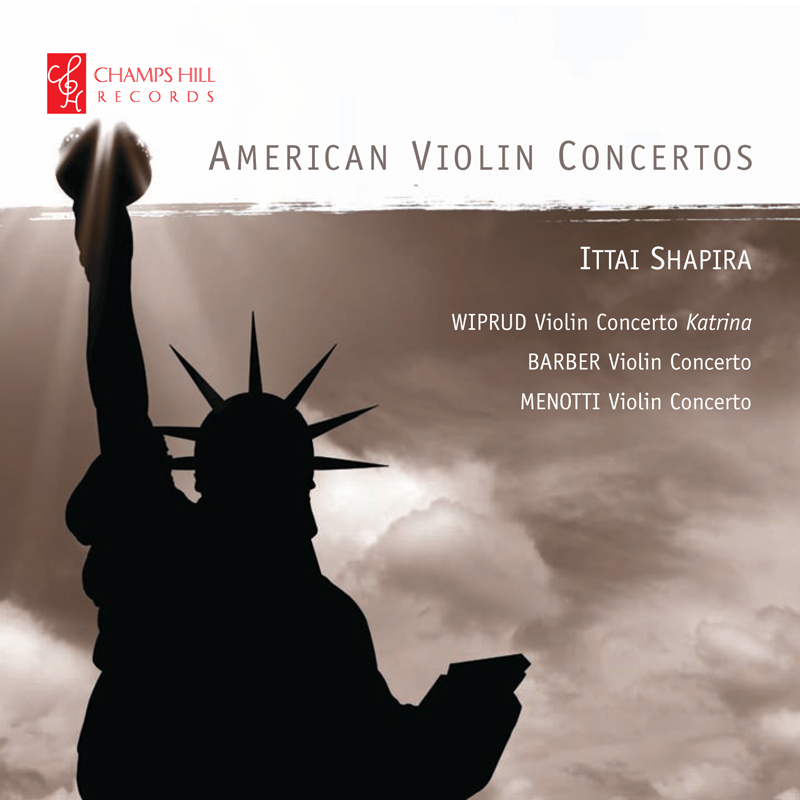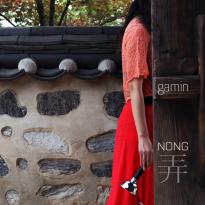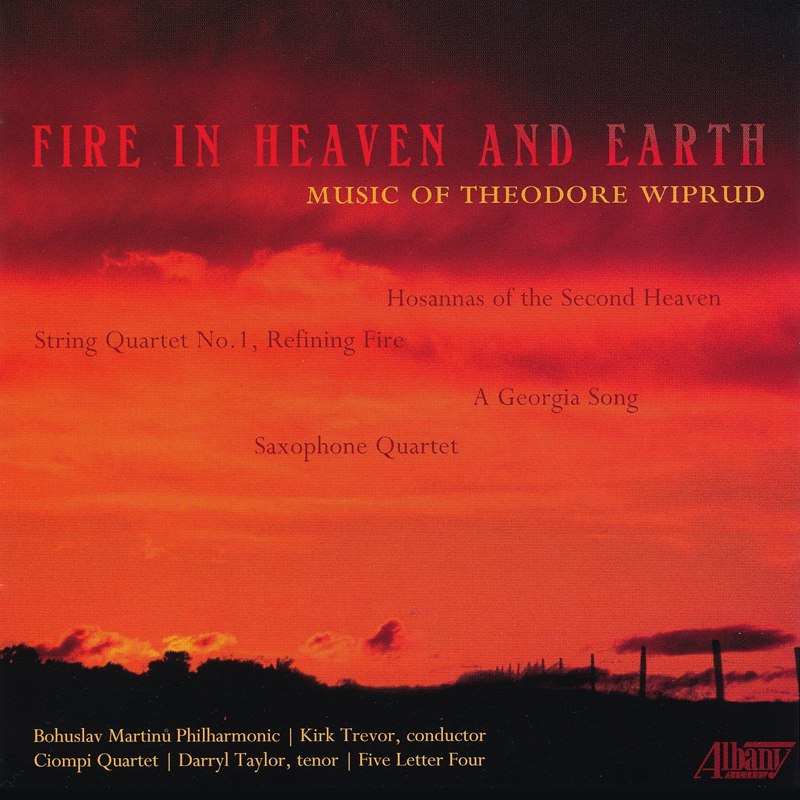A quintet for percussion and string quartet.
String quartet and one percussionist / 19 min.
Program Note
My quintet for percussion and string quartet is all about permeable boundaries – between percussion and strings, between ethereal and earthy, between sacred and profane. Mysteria extends a series that combines string quartet with p’iri (Mudang) and with gayageum (Nonghyun), stretching string players into new worlds as much as they stretch traditional Korean players into Western the classical tradition. From the start I wanted to marry strings with unpitched percussion – indeed, to evoke quasi-unpitched sounds from the strings, alongside sustained pitches from percussion, crossing boundaries.
In thinking about this, I remembered and was further inspired by a powerful description of traditional mystical rituals in rural Poland, in Michal Rozek’s introduction to Misteria, a book of photography by Adam Buzak. “Mysteries appeal to us,” Rozek writes, “for the authenticity of the great theatrum sacrum intermingled with the theatrum profanum. The vague border between a sacred mystery, during which the divinity’s epiphany takes place, and a festive response by the faithful participating in the mystery is often crossed. This peculiar combination of faith, mysticism and liturgy is continued because religious cults are an important factor joining human communities during their group experience of a festivity, when saints are worshipped, anger is soothed, and peace is made. The folk character of mysteries accounts for the survival of the ancient rites and myths connected with them.”
Mysteria was commissioned by the Borromeo String Quartet with support from the Chamber Music America Classical Commissioning Program. Precussionist Ian David Rosenbaum provided essential guidance and imagination. I am also indebted to John Pennington, who as principal percussionist of the South Dakota Symphony Orchestra, first got me thinking about percussion with string quartet.





